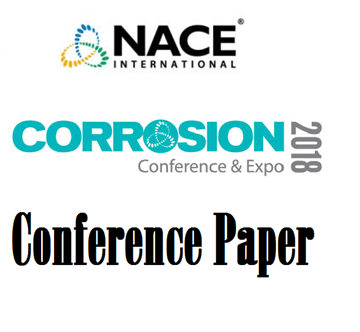Search
51315-5588-Corrosion Behavior of Buried Pipeline in Presence of AC Stray Current in Controlled Environment
Also Purchased
51318-10689-PIPELINE STRAY DIRECT CURRENT (DC) INTERFERENCE
Product Number:
51318-10689-SG
Publication Date:
2018
$20.00
51315-5753-Cathodic Protection Criteria in The Presence of AC Interference
Product Number:
51315-5753-SG
ISBN:
5753 2015 CP
Publication Date:
2015
$0.00
51312-01694-AC and DC Stray Current Mitigation and Corrosion Control for a New Urban Pipeline
Product Number:
51312-01694-SG
ISBN:
01694 2012 CP
Publication Date:
2012
$20.00




